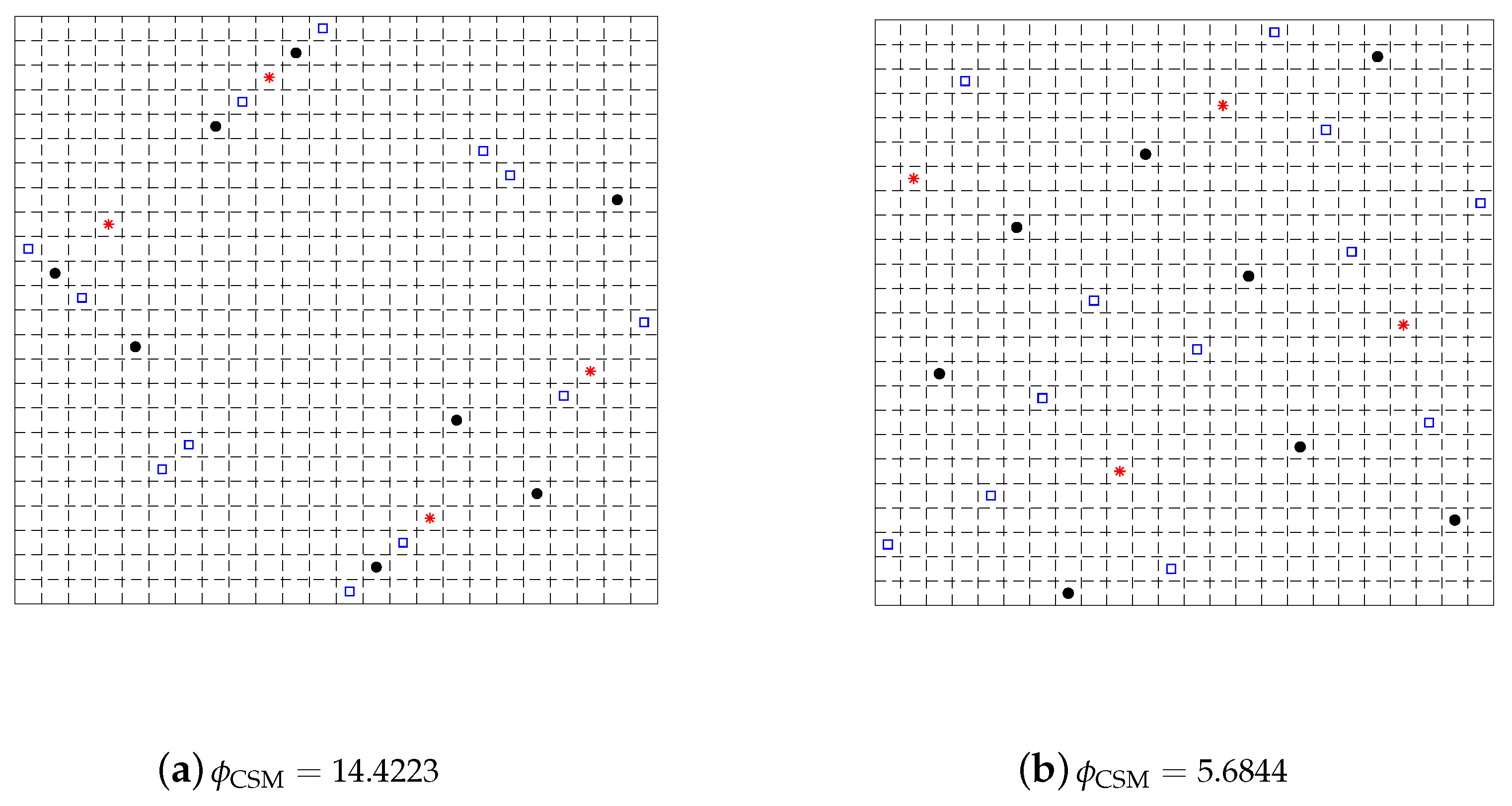
Geom_point(data=subset(dat,are_grouped), color="blue",size=5,shape=3) +Ĭategorical criteria “aligned” (red triangle) and “grouped” (blue cross). In addition to the sample points collected by Latin Hypercube Sampling, the optimal solutions found by IPOPT in each subspace are added to the sampling set. As the algorithm progresses, augmented LHS is used to add more points (5D + 1) (Stein, 1987). Geom_point(data=subset(dat,are_aligned), color="red",size=5,shape=2) + Latin Hypercube Sampling (LHS) (McKay, Beckman, & Conover, 1979) is used to generate initial sample points (10D + 1, where D is the dimension). Ggplot( dat, aes(x = min_separation, y = max_align_turn) ) + See previous example for categorical criteria definition. A formulation rently the standard approach to latin hypercube sampling of a minimum-correlation LHS as an integer programming plans (henceforth referred to as LHS) provides an efficient problem and a discussion of optimization methods that can stratified sampling technique but such sampling may pro- be used to solve the problem are in the. Packham and Schmidt (2010) establish a central limit theorem for LHS with dependent variables. Like in previous example we are using categorical evaluation criteria but instead of exploring parameter space with (full) factorial design we use Latin hypercube sampling method from lhs package. estimating optimal values in stochastic optimization problems. In addition to the sample points collected by Latin Hypercube Sampling, the optimal solutions found by. As the algorithm progresses, augmented LHS is used to add more points (5D + 1) ( Stein, 1987 ).

Center for Connected Learning and Computer-Based Modeling, Northwestern University, Evanston, IL. Latin Hypercube Sampling (LHS) ( McKay, Beckman, & Conover, 1979) is used to generate initial sample points (10D + 1, where D is the dimension). This example is using NetLogo Flocking model (Wilensky, 1998) to demonstrate exploring parameter space with categorical evaluation and Latin hypercube sampling (LHS).


 0 kommentar(er)
0 kommentar(er)
